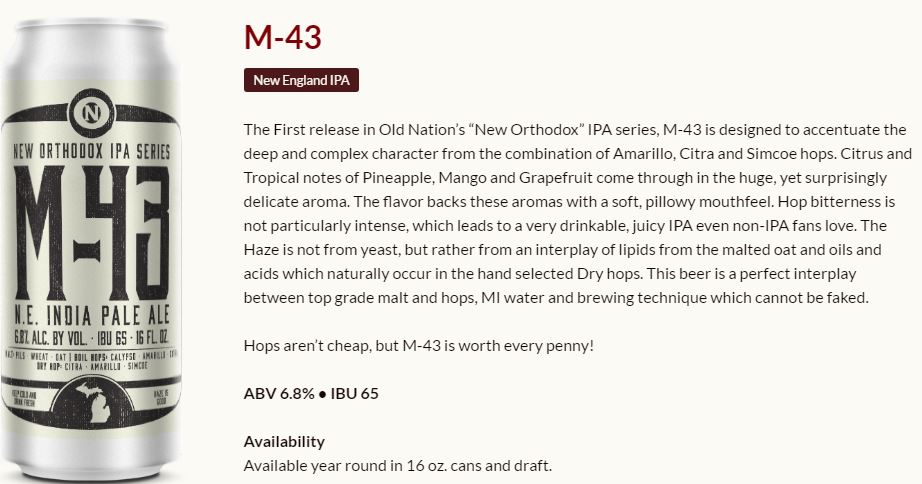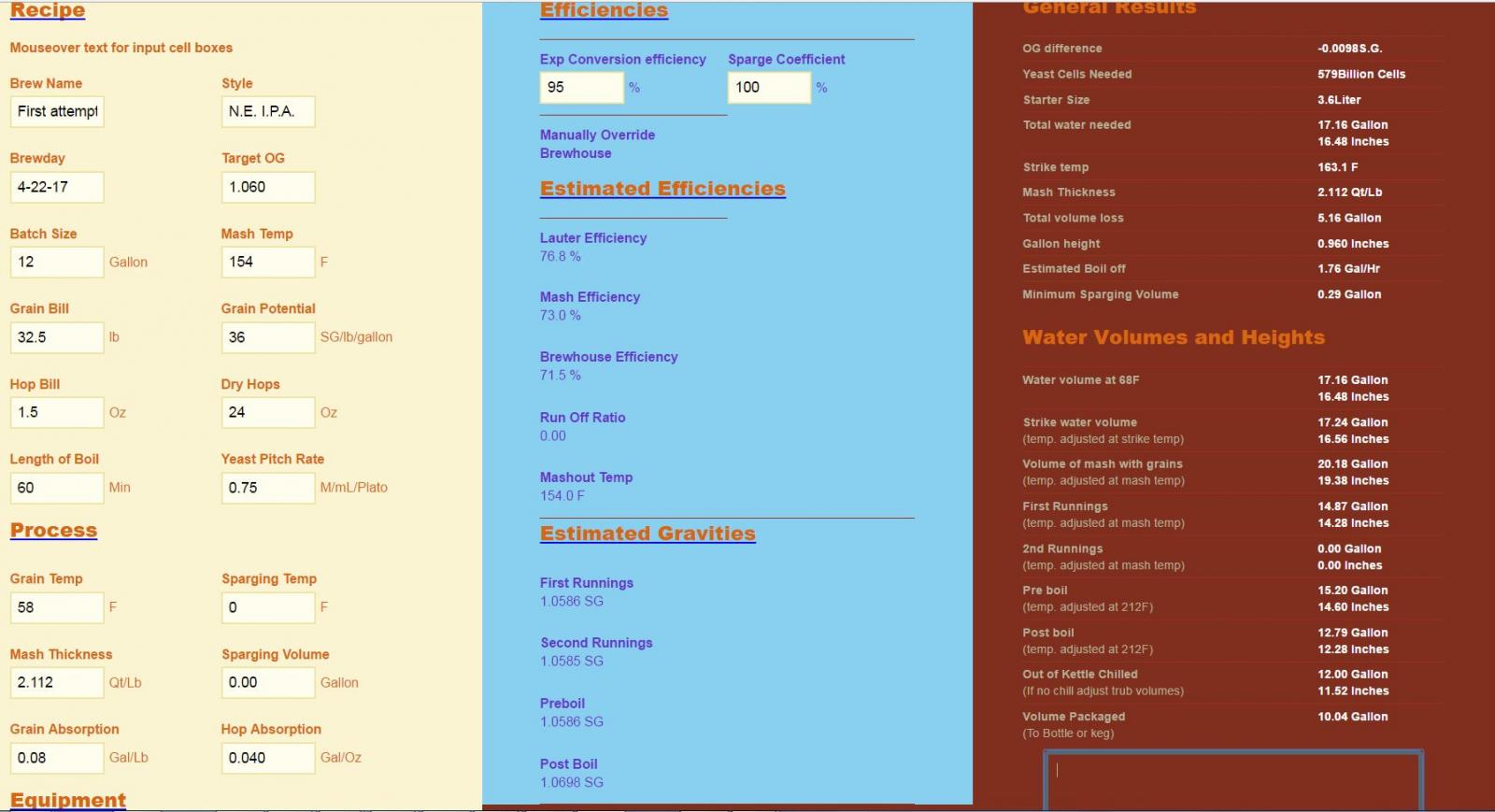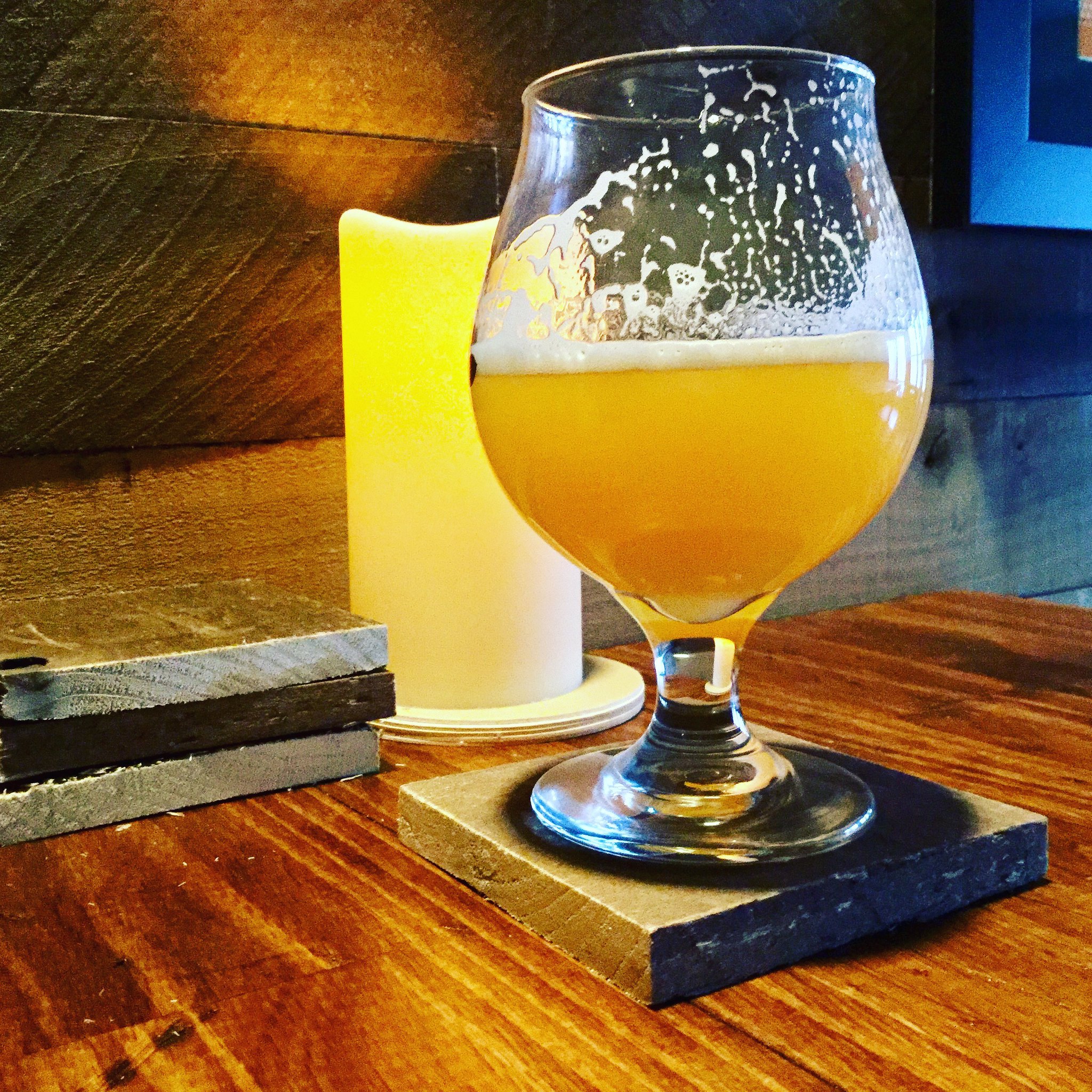ultravista
Well-Known Member
For what it's worth ...
I have never done anything to minimize oxygen pickup when kegging. The siphon tube rests on the bottom of the keg when filling - splashing is minimal or non-existent. The keg is purged a few times then left to settle. The dry hops are added to a mesh filter and keg purged. I usually shake the keg once and a while to get the hops moving again and sometimes open the lid to stir the hops inside of the mesh filter as they tend to compact.
Unless my palette is unable to pickup changes, this process has never turned a great tasting beer to so-so or bad.
I have never done anything to minimize oxygen pickup when kegging. The siphon tube rests on the bottom of the keg when filling - splashing is minimal or non-existent. The keg is purged a few times then left to settle. The dry hops are added to a mesh filter and keg purged. I usually shake the keg once and a while to get the hops moving again and sometimes open the lid to stir the hops inside of the mesh filter as they tend to compact.
Unless my palette is unable to pickup changes, this process has never turned a great tasting beer to so-so or bad.





























![Craft A Brew - Safale S-04 Dry Yeast - Fermentis - English Ale Dry Yeast - For English and American Ales and Hard Apple Ciders - Ingredients for Home Brewing - Beer Making Supplies - [1 Pack]](https://m.media-amazon.com/images/I/41fVGNh6JfL._SL500_.jpg)

































